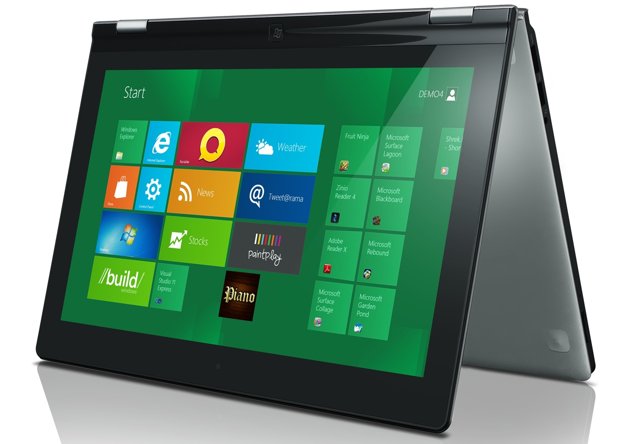
Last year we have seen a bunch of new tach gadgets that we’ve never seen them before, and the same we can expect from this year too. This year too will give us a lot of new tech gadgets with some amazing new technology and lots more with this. Here we are going to share about the upcoming Tablets which are going to hit the market in this new year. We’ve compiled a list of...


















